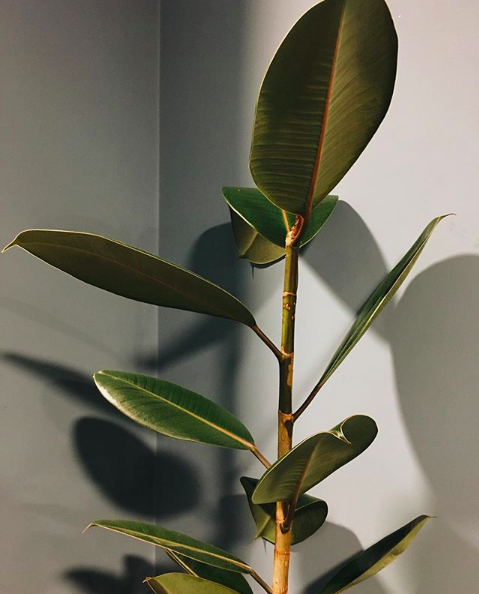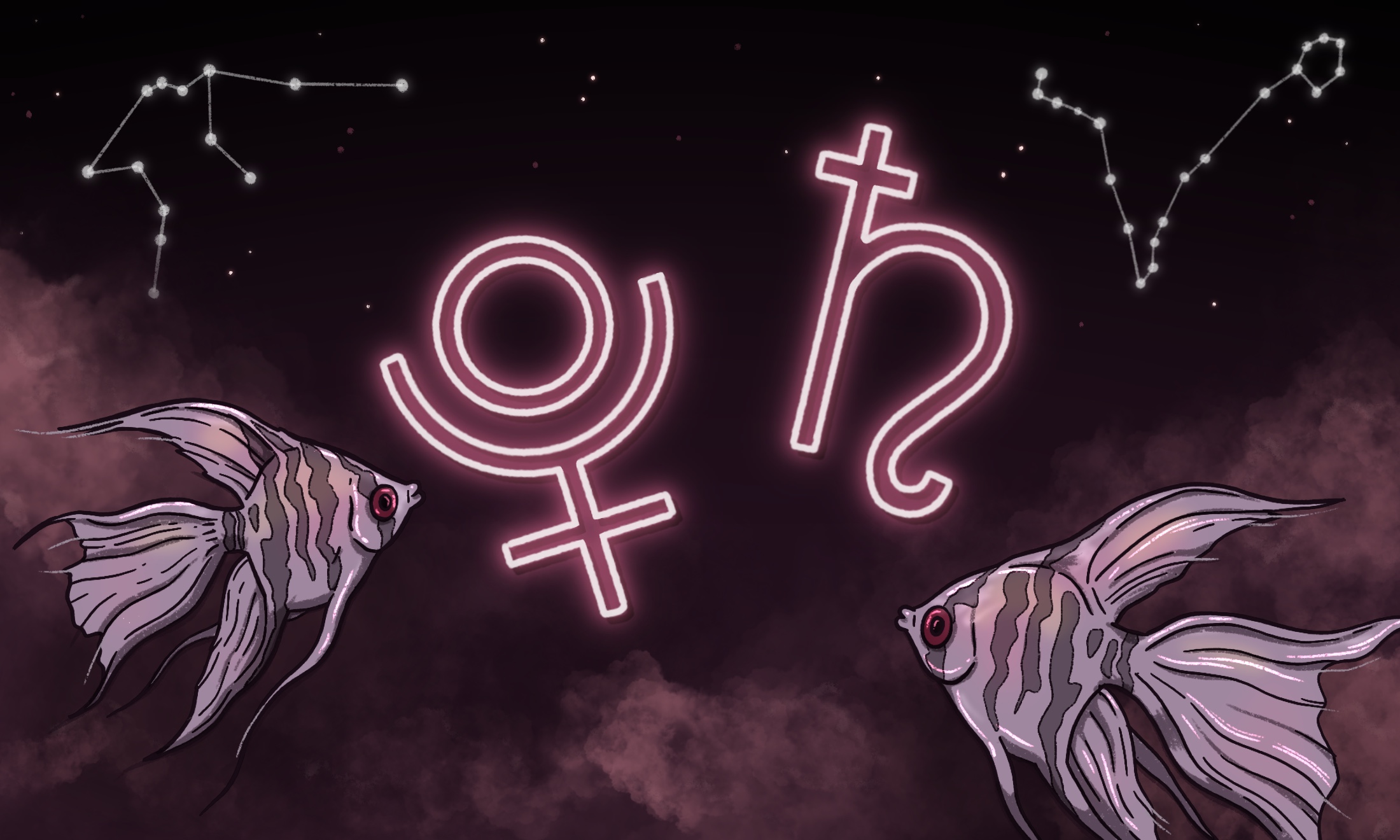
Putting down roots: why I started a gardening and plants club for women of colour
Aimée Grant Cumberbatch
08 Feb 2020
For a long time, I really couldn’t have cared less about plants or gardening. My mum loved to garden, but watering her tomatoes in summer was my least favourite chore. Even when I went to university and my sister gave me a Christmas cactus, I still wasn’t fussed — watering it with tea dregs (the scandal) whenever I remembered to. It wasn’t until I lived in, often very drab, rented homes in London that I started to understand why you’d go to all that effort to keep a green thing alive.
Fast forward to now and I’m a total plant-lover with a flat full of foliage and, for the first time ever, a (rented) bit of garden. But if like me, you love houseplants, follow planty accounts on Instagram, and are geeky enough to watch Gardeners’ World, you’ll know that much of what we see when it comes to plants and gardens is inescapably white.
“My plants have taught me so much about existing as you are, making sure your needs are met and learning from your failures”
I had an idea for something to help counteract this — what if I created a space just for women of colour to connect and share their love of all things green and leafy? Like a lot of my ideas, it was something I let buzz around in my brain for a while without doing anything about it.
That was until I happened to interview Matilda Eggere-Cooper, the founder of Fly Girl Collective, a running club for black women, and Addy Frederick, a founding member of the running club, for work. While chatting, Addy said one of the things she admired most about Matilda was the fact that when she spotted a problem or had an idea she didn’t just talk about it but actually did something.

Photography via Grown
Let me tell you, I felt shamed into action. Here I was, like so many times before, sitting on an idea, thinking and sometimes talking about it without actually doing anything. I decided this time things would be different. So, last year, I created a page on Instagram, designed a very basic logo with two of my favourite colours — pink and green — and Grown was born.
Grown was born out of a frustration yes, but also out of a desire to create, connect and honour. I’m interested in how plants can be a distraction from a world which poses challenges to our mental health, a means through which we can practice self-care and kindness to small living things and a place in which (unlike much of the rest of life) our successes and failures can feel comfortingly uncritical. Grown is a way to explore all of this. But there’s more to it than that.
Forgive me while I get metaphorical for a moment but, if you ask me, there are even personal lessons we can gain from looking after plants. They take up the space they need to survive, they move towards the light. They have strong boundaries – just try putting a plant in a space that doesn’t meet its requirements for growth: is it trying to flourish there anyway? No, it is not. My plants have taught me so much about existing as you are, making sure your needs are met (who hasn’t seen that “you’re basically a houseplant with more complicated emotions” meme?) and learning from your failures (RIP, maidenhair ferns).
“There are even personal lessons we can gain from looking after plants. They take up the space they need to survive, they move towards the light”
Beyond inspiration for how to thrive, for people of colour growing plants and flowers can be a way to reconnect or stay connected with their cultural heritage. In Birmingham, gardeners at the Uplands allotments grow the produce they know from home in the Caribbean and make seasonings from the herbs, onions and garlic they’ve raised on their plots. This inspired me to try and grow the marjoram, parsley and thyme needed to make Bajan seasoning in my own garden.
Nurturing plants that you recognise from home can be a living reminder of your roots. My grandmother recently told me she has so many Aloes in her house because they remind her of Barbados where they grow outdoors.
Research suggests interest in houseplants is booming among those born after 1980. There are lots of potential explanations: for a generation finding it harder and harder to get on the property ladder, houseplants can be a way to make a rented flat feel like home. With the climate crisis influencing more and more people to not have children, looking after plants can be an act of care that doesn’t require weighing up your parental instinct against the future of the planet.

Phorography via Grown
And, I believe, as a woman of colour in the UK, having a bit of land in a garden or in a small pot in your room which gives you nourishment, of any kind, is an act of putting down roots and staking a claim that contains inherent power and optimism.
There have been women of colour doing amazing things in the world of plants and gardening for a while now, especially in London, where Grown is based. There’s Gynelle Leon, founder of London’s first cactus emporium Prick in Dalston, Jin Ahn, owner of Conservatory Archives in Hackney, and Franky Farra-Frond and Symara Templeman creators of L’Appartement in Peckham, to name but a few. And since creating Grown, I’ve happily become acquainted with more and more.
At the moment, Grown mainly consists of an Instagram page, a place where I share photos of my houseplant collection, flower-filled illustrations, indoor and outdoor gardening tips and other women of colour whose plant prowess I admire.
Thanks to the conversations and connections it sparks, running this project alone is incredibly rewarding – but I have bigger plans for Grown. One of the best things about plants and gardens, whether at allotments like The Uplands or in initiatives like May Project Gardens is the communities that spring up around them. So in the next few months, I’ll be launching events where plant-loving women of colour can meet, chat, swap plant care horror and success stories and make some new friends. I hope to see you there.








